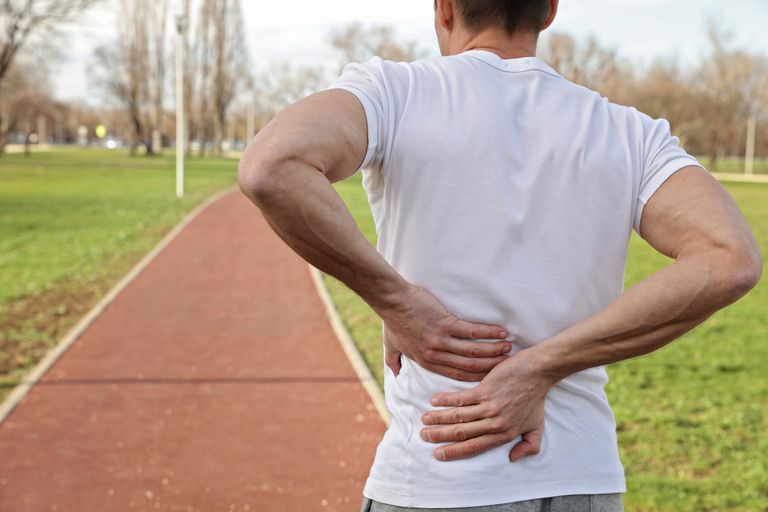Is Running Good or Bad for Your Back?
By Dr. Tom Cotter
Bad, Bad, Bad. It has to be right? The repetitive shock to the spinal joints obviously wears the spine out, right? We get asked about running and back pain a lot. Recently I came across a research article that perfectly highlighted the answer we’ve always given. In the following paragraphs we’ll break down back pain, who suffers from it, and if running is good or bad for your back?
It is common to hear a runner talk about back pain or for someone to say they know a runner that has back pain. But the question is, did running itself cause the back pain, or would that person naturally have had back pain without running?
The first thing to look at is the prevalence of back pain. Eighty percent of people experience back pain in their lifetime. So running or not there’s an 80% chance you will have back pain. That means 80% of runners you talk to will complain about back pain at some point regardless.

OK, but surely runners have even more back pain right? How can they not with all that compression and shock to the spinal joints? That’s not a bad line of thinking. In fact, on average after an hour of running, runners temporarily lose 1 mm of disc height per disc. The question then is whether that loss of disc height is bad or not. Thinning discs is a sign of aging. Does that mean a thinned disc after running is contributing to back pain or overall loss of disc height?
According to a recent study out of BYU, just the opposite is true. Runners actually have lower rates of back pain, throughout their lifetimes.
It’s not just pain that is better in runners. They also lose less disc height and have lower rates of degeneration or arthritis. The discs are in fact compressed after runs, but they return to their prerun height after they have absorbed new nutrients. Furthermore, the higher the average weekly mileage and the more years of running showed even more benefits.
On the surface, this may seem confusing. The harder you are on your spine the more wear and tear right? Just like a tire on a car, the worse you drive the shorter the life of the tire. But, the body is a use or lose system. It also craves movement and activity, so if you’re too gentle with it, you’ll lose bone density and muscle mass. If you continue to move and challenge your body, it’ll adapt and retain structure and strength.
The back bones and discs like this movement and activity for different reasons and benefit from running in different ways.
Bones respond to the stressed placed upon them. The less you stress them, the less dense they become. And just the opposite is true. That is why if you have a family history of osteoporosis, it’s such a good idea to do weight or resistance training. The bones will become denser as a result. As for running, the constant repetitive shock to the bones causes them to increase their density as well.
The discs derive a different benefit from running. They go through a compression decompression cycle with every step. The discs are able to suck in more nutrients and blood flow that way.
Because the discs endure so much force and compression, it’s impossible for blood vessels to grown inside of them. The only way they are able to attain blood and nutrients is through absorption. Think of the disc like a sponge. When you squeeze the sponge, you are able to squeeze out the old water, and then when you release, it absorbs new water This happens with every step of a run.
Fun fact, the Navajo Indians knew running was good for the back. They would run in dried-up river beds when they had back pain.
So if you love running but were worried about your back in the long-term, worry no more. If you are going to have back pain, you will likely have it whether or not you run. Running though, will likely decrease your chances of having back pain or lessen it if you do have it. Either way, running or not, if you are experiencing back pain, be sure to schedule with us so we can get you back to feeling good and doing the activities you want to do.


